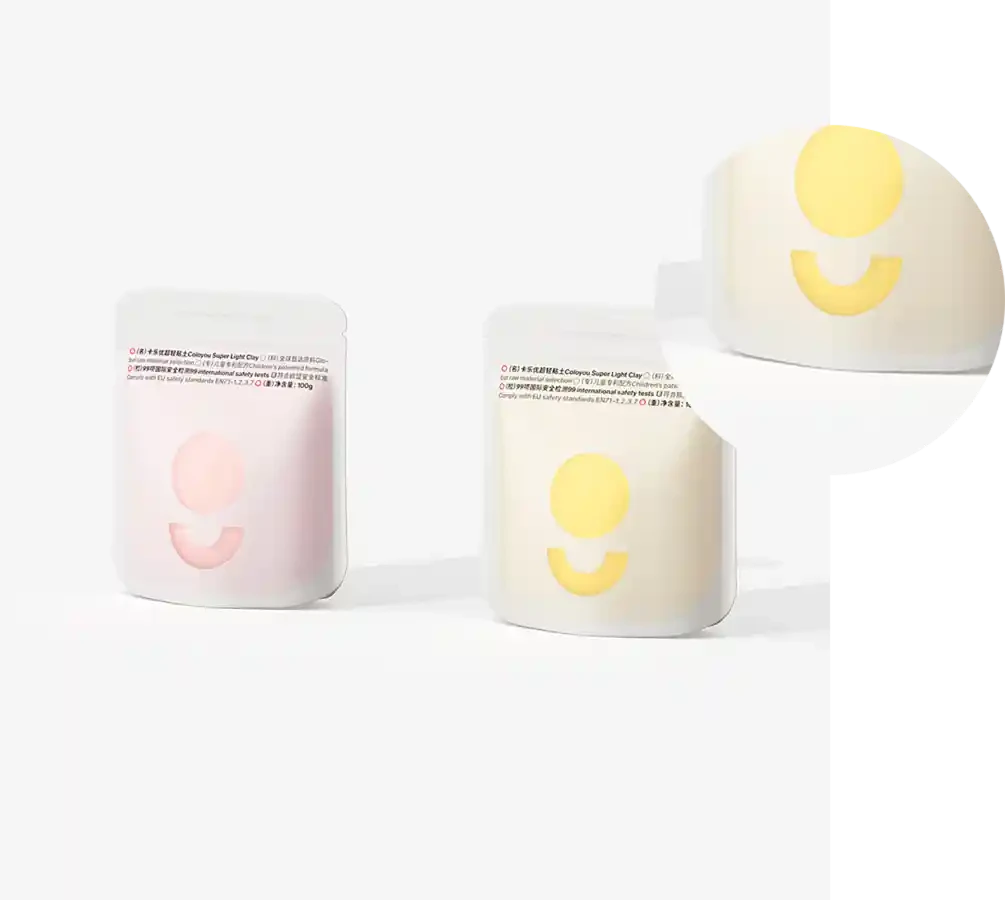- Afrikaans
- Albanian
- Amharic
- Arabic
- Armenian
- Azerbaijani
- Basque
- Belarusian
- Bengali
- Bosnian
- Bulgarian
- Catalan
- Cebuano
- chinese_simplified
- chinese_traditional
- Corsican
- Croatian
- Czech
- Danish
- Dutch
- English
- Esperanto
- Estonian
- Finnish
- French
- Frisian
- Galician
- Georgian
- German
- Greek
- Gujarati
- haitian_creole
- hausa
- hawaiian
- Hebrew
- Hindi
- Miao
- Hungarian
- Icelandic
- igbo
- Indonesian
- irish
- Italian
- Japanese
- Javanese
- Kannada
- kazakh
- Khmer
- Rwandese
- Korean
- Kurdish
- Kyrgyz
- Lao
- Latin
- Latvian
- Lithuanian
- Luxembourgish
- Macedonian
- Malgashi
- Malay
- Malayalam
- Maltese
- Maori
- Marathi
- Mongolian
- Myanmar
- Nepali
- Norwegian
- Norwegian
- Occitan
- Pashto
- Persian
- Polish
- Portuguese
- Punjabi
- Romanian
- Russian
- Samoan
- scottish-gaelic
- Serbian
- Sesotho
- Shona
- Sindhi
- Sinhala
- Slovak
- Slovenian
- Somali
- Spanish
- Sundanese
- Swahili
- Swedish
- Tagalog
- Tajik
- Tamil
- Tatar
- Telugu
- Thai
- Turkish
- Turkmen
- Ukrainian
- Urdu
- Uighur
- Uzbek
- Vietnamese
- Welsh
- Bantu
- Yiddish
- Yoruba
- Zulu
packaging tubes
The Importance of Packaging Tubes A Comprehensive Overview
In today's fast-paced world, packaging plays a crucial role in the sustainability and efficiency of products we consume daily. One notable type of packaging that has gained significant attention is the packaging tube, which has revolutionized how many products are presented and protected. From cosmetics to food, packaging tubes have become ubiquitous, providing both functionality and aesthetic appeal.
Versatility and Functionality
Packaging tubes are remarkably versatile, allowing manufacturers to package a broad range of products, including creams, ointments, adhesives, and even beverages. This versatility is largely attributed to the materials used in their production. Tubes can be made from plastic, aluminum, or a combination of materials, offering varying levels of barrier protection against moisture, light, and air. This is particularly important for products that are sensitive to environmental factors, as effective packaging can significantly enhance shelf-life and maintain product integrity.
Additionally, the design of packaging tubes allows for efficient dispensing. Unlike jars or bottles, tubes can provide precise amounts of product with minimal waste, making them an economical choice for both manufacturers and consumers. This feature is especially beneficial for products that require careful application, such as skincare creams or medical ointments, where messiness can lead to product loss and user dissatisfaction.
Environmental Considerations
As the environmental impact of packaging becomes a growing concern for consumers and manufacturers alike, packaging tubes present both challenges and solutions. Many companies are now focusing on sustainable materials and production processes to create eco-friendly tubes. For instance, biodegradable plastics and recyclable aluminum are becoming increasingly popular choices, responding to consumer demand for sustainable packaging options.
packaging tubes

Moreover, the design of packaging tubes can reduce material usage compared to other types of containers, such as rigid bottles. This not only lessens the amount of waste generated but also optimizes transportation by reducing weight and volume, leading to lower carbon emissions during shipping.
Aesthetic Appeal
While functionality is paramount, the aesthetic aspect of packaging should not be overlooked. Packaging tubes offer immense potential for creative branding and design, allowing companies to differentiate their products in a crowded marketplace. Through innovative graphics, colors, and finishes, brands can convey their image and values to consumers effectively. For example, a luxury skincare brand might opt for a sleek, metallic tube to communicate sophistication, while a natural product line may use earthy colors and simple designs to reflect their commitment to nature.
Customizable labeling options also allow brands to enhance customer engagement. With the rise of personalized products, packaging tubes can be adapted to incorporate individual names or unique messages, fostering a deeper connection with consumers.
Conclusion
The evolution of packaging tubes illustrates their crucial role in modern consumer goods. They offer an effective balance between functionality, sustainability, and aesthetic appeal, making them a preferred choice across various industries. However, as consumer preferences continue to shift towards sustainability, companies must be proactive in adopting eco-friendly practices in their packaging strategies to remain competitive.
In summary, packaging tubes are much more than just containers; they are essential tools that can influence consumer behavior, contribute to environmental sustainability, and enhance product appeal. As we move towards a more eco-conscious future, the evolution of packaging tube technologies will undoubtedly play a pivotal role in revolutionizing the way products are presented and consumed worldwide. Embracing these changes will not only benefit brands and consumers but also help pave the way towards a more sustainable packaging industry.













